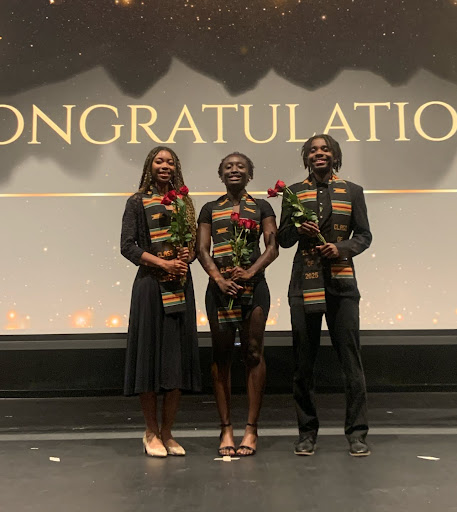The right to privacy was established on January 22, 1973 when the Supreme Court passed their verdict on the landmark case Roe v. Wade. This ruling allowed an individual to have free choice and control over their body without the US government interfering. Roe was necessary to paving the way for women to have abortions and pushing forth the women’s rights movement.
But the right to privacy deemed fundamental in the Roe case was struck down 50 years later, in 2022 when the Supreme Court decided the case Dobbs v. Jackson Health Organization, leaving no protection for a women’s right to choose an abortion. This June marks two years since that ruling, resulting in the change of laws and policies as we know it.
This all seems like a lot of legal jargon, but understanding the case and evolution of the right to privacy is essential to shaping discussions of my generation.
The series of court cases dictating privacy rights go back to the discussion about the right to privacy. The right to privacy, according to the Cornell Legal Information Institute, is defined as the right of people to be free from unreasonable intrusions by the state and federal government. This has long been used to argue for the rights of women seeking abortion.
While not explicitly stated, legal scholars suggest that the right to privacy is implied in the Fourth Amendment to the U.S. Constitution. The Fourth Amendment protects individuals from unreasonable searches and seizures by the government.
“The Supreme Court has chosen to recognize the right to privacy at times, and other times hasn’t applied it,” said Anantaa Banerjee (‘24).
The 1965 case Griswold v. Connecticut first touched on the right to privacy. When the state of Connecticut passed a law banning drugs and other contraceptives for birth control purposes, Estelle Griswold, a gynecologist, opened a birth control clinic in response. Griswold’s actions violated Connecticut law and suit followed.
Supreme Court justices ruled in favor of Griswold, saying that couples had the right to privacy and could have an abortion without the state preventing them from doing so. The case added that a woman’s Fourth Amendment rights were violated when the government ordered her to proceed with a pregnancy she wanted to terminate.
Following Griswold, the landmark Supreme Court ruling Roe v. Wade (1973) officially created the definition of the right to privacy. In this case, Jane Roe filed against Texas’s district attorney Henry Wade, challenging multiple Texas laws criminalizing abortion.
Roe legalized abortion across the United States, making the right to privacy as implied in the Constitution as a fundamental right. What this means is that although the Constitution had not specifically mentioned the right to privacy, it was an important right that belonged to the people.
Consequently after these cases, abortion was further affirmed to be a constitutional right with the ruling of Planned Parenthood v. Casey in 1992. This case resonated with many liberal Americans and was used to advance the womens’ rights movement and begin a push for gender equality.
With the advancement of reproductive rights also came a push for LGBTQ+ rights. Cases like Obergefell v. Hodges in 2015 continued the expansion of rights by ruling that states had to recognize same-sex marriages as tangible.
But all the progress changed two years ago, when the Supreme Court overturned Roe and Casey with their ruling in Dobbs. The right to privacy, justices said, was not fundamental. This meant each individual state government could determine how abortion laws would be implemented in their own state, giving them the right to criminalize abortion without any challenges.
Before June 2022, abortion was legalized across America. Today, the right to abortion varies across fifty states. This anniversary of Roe’s overturning marks a shift between the national and state government’s powers.
“Many state governments changed their laws after the overturning,” said Priyal Tyagi (‘25). “About seventeen states of the original fifty still protect the right to abortion as legal.”
As of now, the emergence of Supreme Court cases continues to attempt interpreting the right to privacy following Dobbs. Potential landmark cases emerge each day and attempt to place more boundaries on the decision. One example is Moyle v. United States, which will attempt to determine whether abortion is a right that should be left to the state government or national government.
This raises the possibility for more overturnings involving the right to privacy as the Supreme Court begins a push for a system of law in which state governments hold greater power over the federal government.
“I think that more than anything, the new ruling has left a lot of unknowns,” said Mahitha Thippireddy (‘24). “It could mean a lot of different things for the future of law.”





